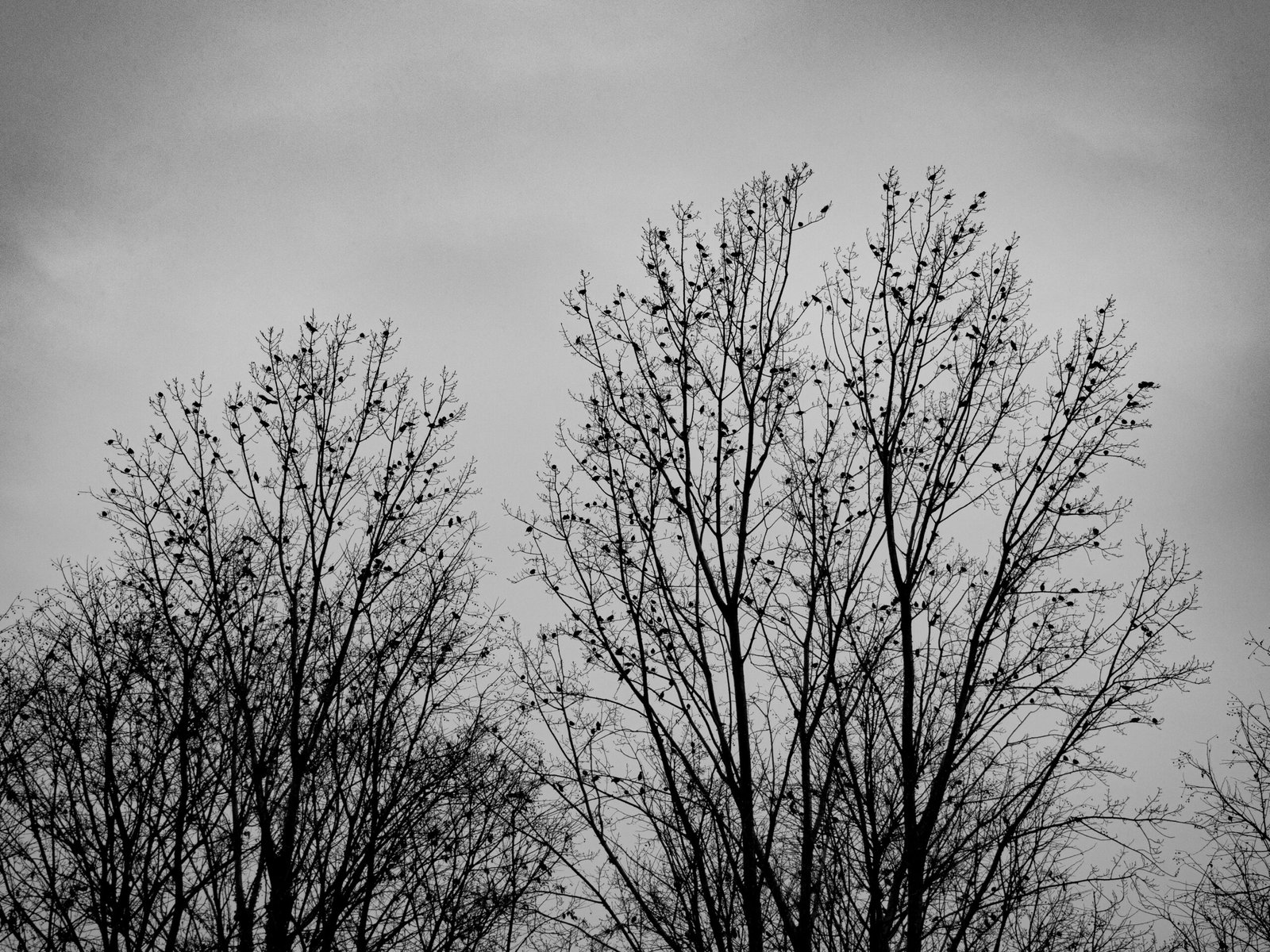Introduction to April Fool’s Day
April Fool’s Day, celebrated on April 1st each year, serves as a unique occasion dedicated to the art of pranks and tricks across numerous cultures. This day invites individuals to engage in playful deception, allowing for light-hearted humor and the breaking of everyday routines. Its significance lies not merely in the acts of trickery but also in the shared joy they bring among friends, families, and even strangers. With its origins shrouded in mystery, April Fool’s Day has evolved into a global tradition that transcends borders.
The playful spirit of April Fool’s Day resonates in various forms, from harmless jokes to elaborate hoaxes. Many revelers take part in the practice, whether through small-scale pranks or more elaborate schemes that often gain national or international attention. Social media platforms have further amplified the reach and creativity of the pranks, allowing for an instantaneous dissemination of humorous content. As people eagerly anticipate the arrival of this day, it highlights an inherent human desire for laughter and camaraderie.
Understanding the historical context and cultural significance of this tradition helps to appreciate the depth of its observance and the role it plays in fostering social interaction. As we delve deeper into the origins and evolution of April Fool’s Day, we uncover intriguing stories that reflect the collective human experience through the lens of playfulness and wit.
The Early Origins of April Fool’s Day
The tradition of April Fool’s Day, known for its light-hearted pranks and jokes, has a history that spans several cultures and eras. Its earliest mentions can be traced back to ancient civilizations, where various forms of mockery and humor were celebrated. One of the most notable historical references originates from the Roman feast of Hilaria, celebrated at the end of March. During this festival, which honored the vernal equinox, Romans engaged in playful behavior, often dressing in disguises and playing tricks on one another.
In addition to Roman customs, there are suggestions that the practice could have roots in the 16th century when France adopted the Gregorian calendar. This transition shifted the start of the new year from April 1 to January 1. Those who continued to celebrate the new year on the old date became the subjects of ridicule and playful pranks. They were labeled “April fools,” and this marked the beginning of a tradition centered on humor and trickery.
As time progressed, this tradition spread globally, adapting to local cultures and customs, yet retaining its core characteristics. By the 19th century, April Fool’s Day had cemented itself in various societies, illustrating humanity’s continuous appreciation for laughter and joviality. The historical underpinnings of this unique day reveal a rich tapestry, woven together by ancient practices that emphasize social bonding through shared enjoyment and playful spirit.
April Fool’s Day in Medieval Europe
April Fool’s Day, celebrated on the first day of April, has roots that intertwine with European traditions, particularly during the medieval period. In this era, societal norms and cultural values greatly influenced the nature and reception of humor, shaping the way pranks were conceived and executed. In medieval Europe, humor was often interwoven with the social fabric, serving both as entertainment and a means of social commentary.
During the Middle Ages, the approach to humor was largely reflective of class distinctions. The nobility exercised their privilege through elaborate jokes and elaborate displays of wit, while common folk engaged in simpler pranks that often involved physical humor or practical jokes. This disparity in styles contributed to the diverse range of pranks associated with April Fool’s Day, with nobility often leveraging their status to craft refined gags that showcased their intellectual superiority.
Additionally, the medieval period saw the emergence of various festivals and celebrations that encouraged jesting and foolery. The Feast of Fools, for instance, allowed for a temporary subversion of the social order, enabling participants to mock their superiors through spirited humor. This festival provided a contextual backdrop for April Fool’s Day, fostering an environment in which jesters and common folk could experiment with humor without fear of reprisal. Such traditions reinforced the importance of wit and cleverness, influencing the nature of pranks played during this festive occasion.
Furthermore, literature from this era reveals that humor was deeply integrated into the everyday lives of medieval Europeans. Rhymes and tales often featured clever wordplay and humorous situations, helping to pave the way for the pranks that would characterize future April Fool’s Days. These narratives highlight not only the playful spirit of the time but also the cultural acceptance of humor as a potent social tool. Consequently, April Fool’s Day in medieval Europe emerged as a recognized occasion where humor, social critique, and communal bonding intertwined.
Cultural Variations and Regional Celebrations
April Fool’s Day, celebrated on the first day of April, is known by various names and customs across the globe, showcasing cultural diversity in its observance. In France, for instance, the day is known as “Poisson d’Avril,” which translates to “April Fish.” On this occasion, it is customary for children to tape a paper fish to their friends’ backs as a playful prank. This particular tradition emphasizes the light-hearted nature of the day’s festivities, promoting laughter and joviality.
In English-speaking countries like the United States and the United Kingdom, pranks have grown to include elaborate jokes broadcasted through media as well as simple practical jokes among friends and families. Notable examples often involve humorous announcements or exaggerated claims, which, upon revelation as false, elicit amusement. Popular culture has embraced these customs, influencing the type and style of pranks performed.
Meanwhile, in Spain and some parts of Latin America, the day is observed on December 28, known as “Día de los Santos Inocentes,” or the Day of the Innocent Saints. The traditions associated with this day bear resemblance to April Fool’s Day, with the objective of tricking friends and family, reflecting a similar spirit of humor and lightheartedness found in other cultures. It is fascinating to see how the essence of foolery manifests differently yet uniformly across various societies.
Additionally, in India, a similar celebration occurs during “Holi,” the festival of colors, where pranks play a part in the revelry but are intermixed with the joyous celebration of spring and victory over evil. These variations of April Fool’s Day highlight the rich tapestry of customs that coexist, each embracing the common goal of laughter and mischief within their cultural frameworks.
The Influence of Literature and Media
April Fool’s Day has been shaped and celebrated through centuries of literature and media, serving as a foundational platform that contributed to its popularization. Folklore, tales, and literary works have acted as vital vessels for the transmission of humor and the tradition of pranks across various cultures. One of the earliest recorded references to this day is found in Geoffrey Chaucer’s 14th-century poem, “The Canterbury Tales.” In the story of the “Nun’s Priest’s Tale,” a character is tricked by a fox, exemplifying the essence of playful deception that embodies April 1st antics. Such narratives laid the groundwork for future storytelling around the annual event.
Subsequent literary works further explored themes of trickery and the art of jesting. For example, the 17th-century English literature often featured character archetypes that engaged in frivolous pranks, reinforcing societal views surrounding humor and foolishness. The impact of such literature was significant in establishing a cultural understanding of April Fool’s Day, as these stories celebrated cleverness and the amusement of the unexpected.
As time progressed, the rise of print media in the 18th and 19th centuries catalyzed the spread of pranks. Newspapers began featuring prank-related stories and commentary, which not only stimulated public interest but also formalized the day as a celebrated occurrence. Popular literature, cartoons, and letters captured the whimsical spirit of April Fool’s Day, facilitating interactions among readers that embraced humor and light-hearted deception. The inclusion of pranks in various forms of media exemplified their normalization as an acceptable practice within communities, thus enhancing their cultural relevance.
In the current era, the influence of digital media has expanded the reach of April Fool’s Day pranks globally. Social media platforms serve as a modern playground for individuals and brands alike to engage in creative and often elaborate hoaxes, echoing the traditional essence born from the depths of literature.
April Fool’s Day in the Age of Technology
The advent of technology has significantly transformed the way April Fool’s Day is celebrated, evolving from simple, local pranks to elaborate, global phenomena. As the internet has interconnected society, pranks have crossed geographic boundaries, allowing individuals to share and participate in humorous antics far beyond their hometowns. This digital interconnectedness has given rise to viral online pranks that can reach millions within hours, captivating an audience and creating a new standard for creativity in pranking.
Social media platforms, such as Twitter, Facebook, and Instagram, have become the primary mediums for disseminating April Fool’s Day jokes and pranks. Users and brands alike take advantage of these platforms to showcase clever hoaxes, often crafting elaborate narratives that blur the lines between reality and fiction. The brevity of tweets or the visual appeal of Instagram stories allows for an immediate engagement with the audience, making it a popular choice for pranking. Online humorous trends can quickly snowball into global events, with memes and videos amplifying the reach and impact of the joke.
Additionally, the rise of influencers has added another layer to April Fool’s Day festivities. Influencers often integrate pranks into their content strategies, appealing to their followers with humorous and relatable material. This not only boosts follower engagement but also keeps the spirit of April Fool’s Day alive in a way that resonates with younger audiences. Furthermore, traditional media outlets have embraced the trend, employing April Fool’s Day as an opportunity to create satirical content, thereby further enriching the collective experience of this global tradition.
With the rapid evolution of technology, the way we approach April Fool’s Day continues to change, reshaping our understanding of humor in a digital context. The blending of innovative ideas with established traditions creates a unique platform for creativity and connection, ensuring that this playful holiday remains relevant in the modern world.
The Psychology Behind Pranking
Pranking, an activity often seen as harmless fun, is intricately tied to various psychological motivations and social dynamics. Understanding these factors provides insight into why individuals engage in pranks and how these actions can influence interpersonal relationships. One fundamental aspect of pranking is the creation of shared experiences and bonding moments. Participating in a prank can foster camaraderie, as individuals unite in the anticipation and execution of a humorous endeavor. This cooperative effort often leads to laughter and a sense of belonging among friends, family, or coworkers.
Moreover, the thrill of a prank lies in the excitement of surprise and the temporary subversion of expectations. The psychological principle of incongruity plays a vital role here; pranks often involve an unexpected twist that disrupts the norm, leading to amusement and delight. This unexpected disruption can also serve as a form of social commentary, allowing individuals to reflect on common conventions and societal norms through humor. As a result, pranking can function as both an entertainment outlet and a means of exploring deeper social issues.
Yet, it is also important to recognize the potential impact pranks may have on relationships. While many pranks are meant in jest, they can sometimes cross the line into discomfort or loss of trust, particularly if the recipient perceives the prank as malicious or humiliating. The success of a prank often hinges on the relationships and mutual understanding between participants; when done in good spirit, pranks can enhance social bonds, while poor execution may lead to resentment and estrangement. Consequently, awareness of the dynamics at play is crucial for ensuring that pranking remains a positive experience for all involved.
Legal and Ethical Considerations
April Fool’s Day is renowned for its lighthearted pranks and playful deception, yet it is critical to consider the legal and ethical implications of such acts. While humor can serve as a means of connection and joy, not all pranks are created equal, and some can cross the line into harmful or illegal territory. This raises essential questions about consent, responsibility, and the potential consequences of poorly thought-out pranks.
From a legal standpoint, pranks can lead to various repercussions, particularly when they infringe on the rights of others. Instances of pranks that result in public alarm or cause physical harm can lead to criminal charges ranging from disorderly conduct to assault. Furthermore, actions that damage property, whether intentional or not, can result in civil lawsuits for damages. Such situations highlight the importance of ensuring that pranks do not violate legal boundaries, potentially leading to severe legal consequences for the prankster.
Ethically, pranks should be rooted in mutual understanding and consent. Engaging in a prank without consent can result in feelings of betrayal, loss of trust, and emotional distress for the victim. The ethics of pranking demand that individuals consider the potential psychological impact their actions may have on others. It is essential to ask oneself whether the humor in a prank is worth the risk of hurting someone, emotionally or physically. A responsible prankster would take care to gauge the recipient’s sense of humor and comfort level, ensuring that the prank is appropriate and harmless.
In conclusion, while the spirit of April Fool’s Day encourages joy and creativity through playful deception, it remains crucial to navigate the legal and ethical landscapes surrounding such acts. By prioritizing consent and considering the potential ramifications, individuals can contribute to a culture of responsible humor that uplifts rather than undermines.
Conclusion: The Enduring Tradition of April Fool’s Day
April Fool’s Day has persisted as a significant cultural event, ingrained in the fabric of societies around the world. The historical examination presented illustrates how this tradition has evolved, influenced by various cultures and historical events, culminating in the modern practice of playful pranks. From its potential links to ancient festivals like Hilaria, to possible connections with the adoption of the Gregorian calendar, the day has maintained a certain mystique and enjoyment over centuries.
What stands out is the diversity of pranks that characterize this day. Different countries bring their unique flavors to the celebration, whether it’s “April Fish” in France or “Dia de los Santos Inocentes” in Spain. These variations highlight the universal human inclination towards humor and light-heartedness. As we engage in jokes and tricks, we tap into a collective nostalgia and an innate desire to share laughter with others. The essence of April Fool’s Day lies not just in the pranks themselves but in the way they build social connections and foster camaraderie.
Moreover, the prudent use of humor can provide a much-needed respite from the often chaotic nature of modern life. However, it is crucial to engage in this tradition with a sense of responsibility and consideration for others’ feelings. When pranks are executed thoughtfully, they can enhance relationships and create memorable moments filled with joy and laughter. Thus, as April 1st approaches each year, it serves as a reminder of the delightful potential of humor.
In conclusion, the enduring legacy of April Fool’s Day is a testament to its ability to transcend time and cultural barriers, celebrating the joy and mirth that comes from clever and harmless pranks. Let us continue to appreciate this day not just as an occasion for mischief, but as an opportunity to connect through shared laughter.



